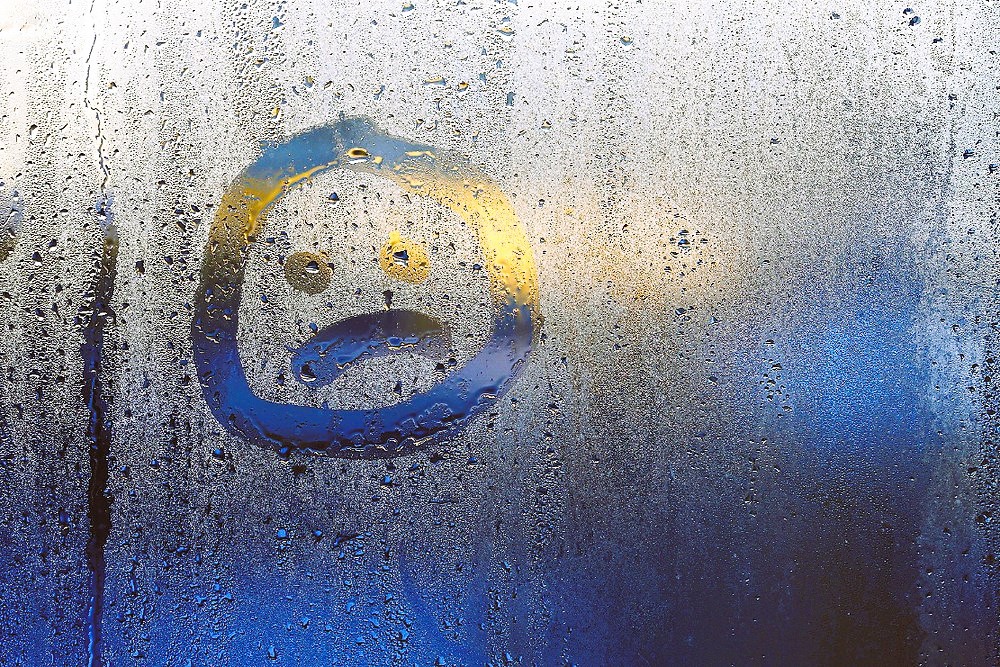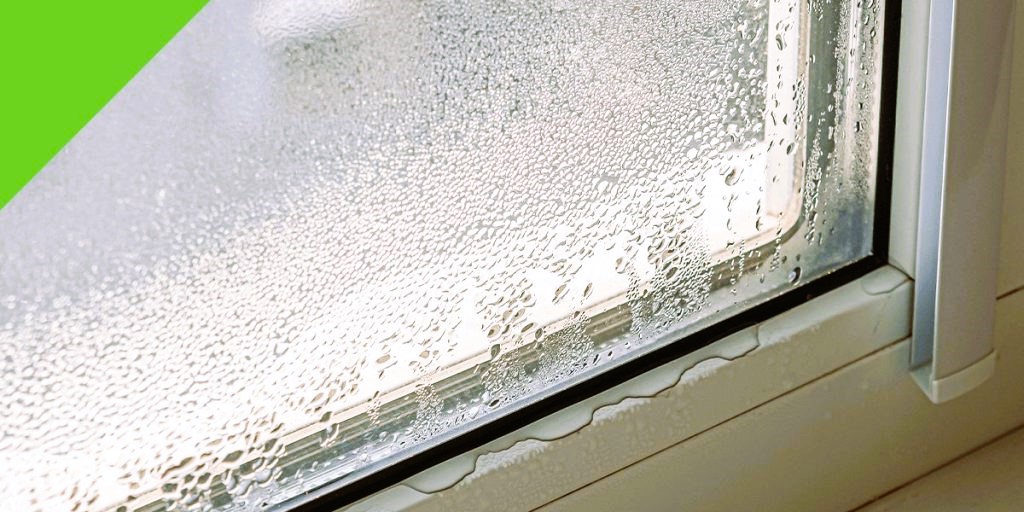
Window condensation is a common issue faced by many homeowners in Canada, particularly during the colder months. It occurs when moisture in the air comes into contact with a cold surface, such as a window pane, and condenses into water droplets. While window condensation may seem like a minor inconvenience, it can lead to more significant problems if not addressed properly. In this article, we will explore the causes of window condensation, methods for prevention, and potential solutions for Canadian homeowners.
Causes of Window Condensation:
- Indoor Humidity: High humidity levels inside the home can contribute to window condensation. Activities such as cooking, showering, and even breathing release moisture into the air. If the indoor humidity is excessive, it increases the likelihood of condensation forming on windows.
- Inadequate Ventilation: Poor air circulation and ventilation can trap moisture indoors, leading to condensation on windows. Insufficient airflow prevents the moist air from escaping and allows it to settle on cold surfaces like windows.
- Temperature Differences: Temperature differentials between the interior and exterior of the home play a significant role in window condensation. When warm, humid air inside the house comes into contact with a cold window pane, the air cools down, and condensation occurs.

Prevention of Window Condensation:
- Monitor and Control Indoor Humidity: Keep track of indoor humidity levels using a hygrometer. Ideally, humidity levels should be maintained between 30-50% to minimize condensation. Use exhaust fans in kitchens and bathrooms to expel moisture, and consider using a dehumidifier if necessary.
- Increase Ventilation: Ensure proper airflow throughout the home by opening windows and using ceiling fans or portable fans. This helps to reduce moisture buildup and promotes air circulation, preventing condensation from forming on windows.
- Insulate Windows: Improve the insulation around windows to minimize the temperature difference between indoor and outdoor surfaces. This can be achieved by using weatherstripping, caulking, or applying window film. Insulated windows are less prone to condensation. Importance of building permits and codes in Canadian construction, read more here.
Solutions for Window Condensation:
- Use Window Treatments: Install window coverings such as blinds, curtains, or drapes. These can create an additional barrier between the cold window surface and the indoor air, reducing the likelihood of condensation forming.
- Upgrade Windows: Consider upgrading to double or triple-pane windows with insulating gas fills. These types of windows provide better thermal insulation, reducing the chances of condensation occurring on the glass surface.

- Use Window Defogging Services: If condensation occurs between the panes of double or triple-pane windows, it may indicate a failed seal. In such cases, professional window defogging services can help remove the condensation and restore the window’s clarity.
- Install Heat Recovery Ventilation (HRV) System: HRV systems help maintain proper air exchange by removing stale indoor air while simultaneously bringing in fresh outdoor air. This helps control humidity levels and prevent condensation buildup.
- Seek Professional Assistance: If window condensation issues persist despite taking preventive measures, it is advisable to consult with a professional. They can assess the situation, identify any underlying problems, and recommend appropriate solutions tailored to your home’s specific needs.
In conclusion, window condensation is a common problem faced by Canadian homeowners, particularly during the colder months. By understanding the causes of condensation and implementing preventive measures, homeowners can minimize or eliminate this issue. From monitoring indoor humidity levels to increasing ventilation and considering window upgrades, there are various solutions available to tackle window condensation. It is essential to address condensation promptly to prevent potential damage to windows, mold growth, and other associated problems.






